 Terre sigillate Terre sigillate
Queste ceramiche sono state realizzate con la tecnica della “terra sigillata”.
Tale tecnica, inventata ed elaborata dagli antichi romani, prevede l’applicazione a crudo di una soluzione colloidale contenente i pigmenti di colorazione naturale delle argille “ferrose”.
Dopo la cottura, il pezzo si presenta setoso al tatto, con i colori (naturali) delle terre che hanno composto il bagno colloidale.
Segue una eventuale affumicatura a bassa temperatura.
Non ci sono smalti vetrosi ed il manufatto risulta essere particolarmente sonoro e privo di crepe.
È, quindi, un ritorno ad un passato dimenticato per fare posto a tecnologie nuove ma che emoziona, oggi, per la naturalezza delle sue tinte, capaci di generare sensazioni ed emozioni uniche.
|
 Terre sigillate
Terre sigillate
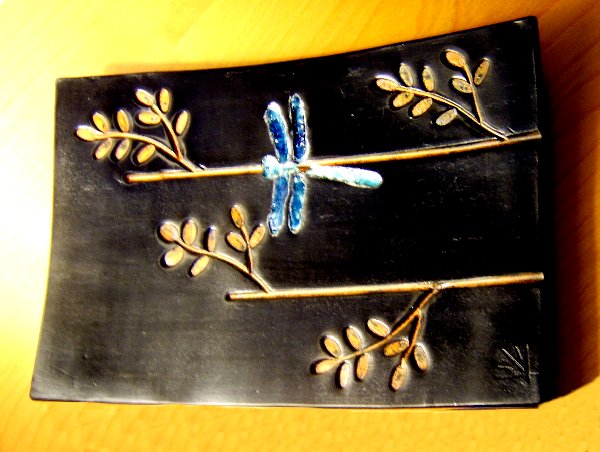

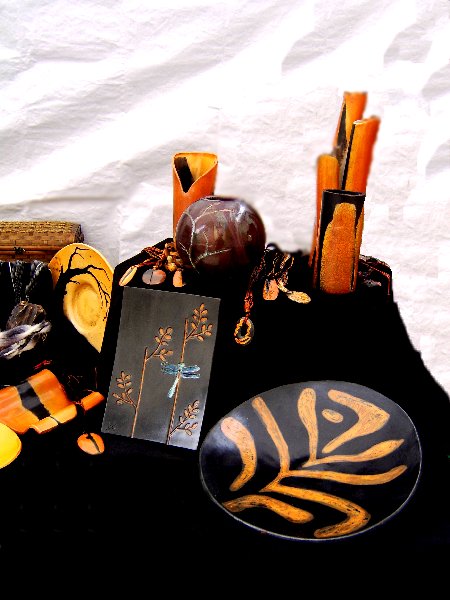
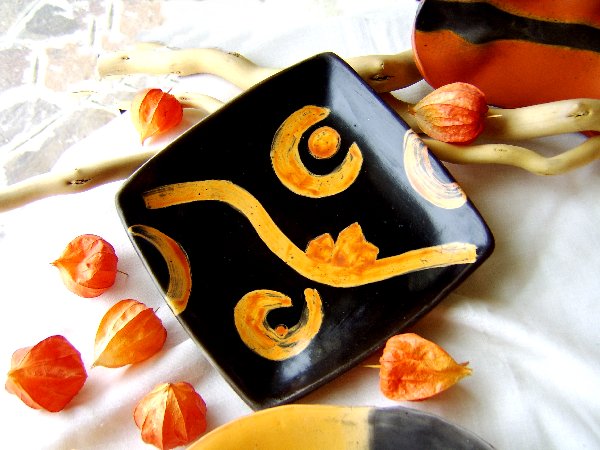
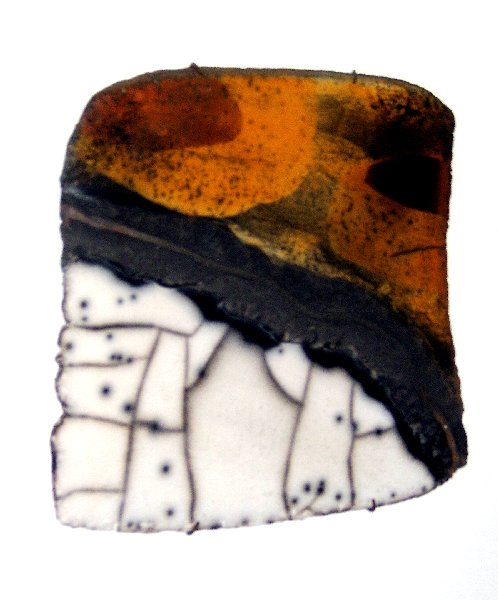
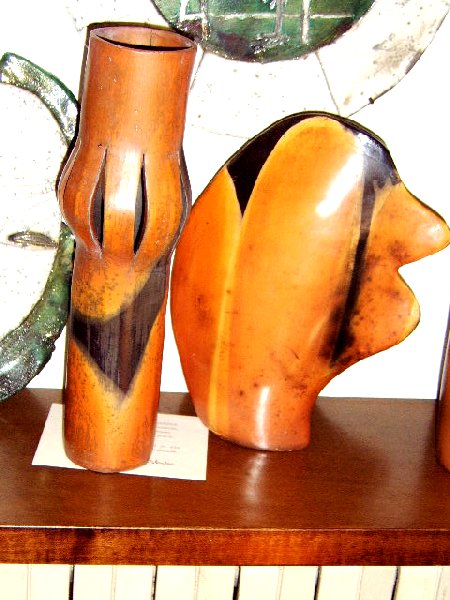
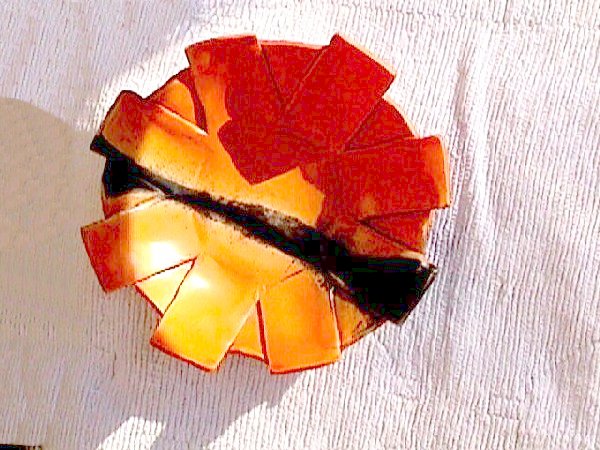
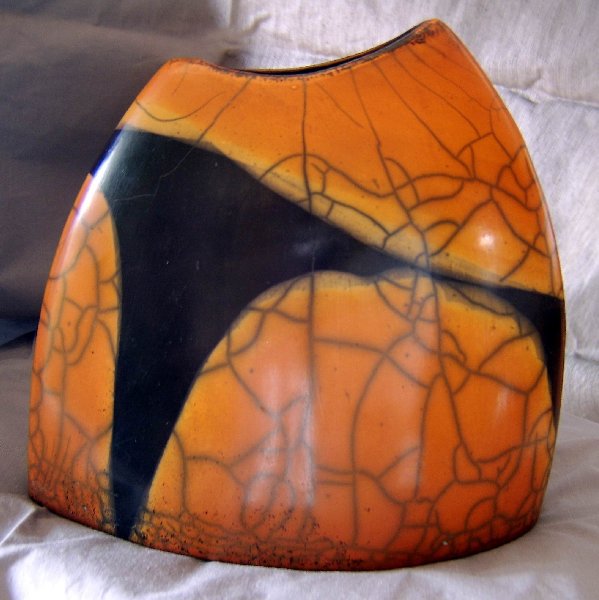

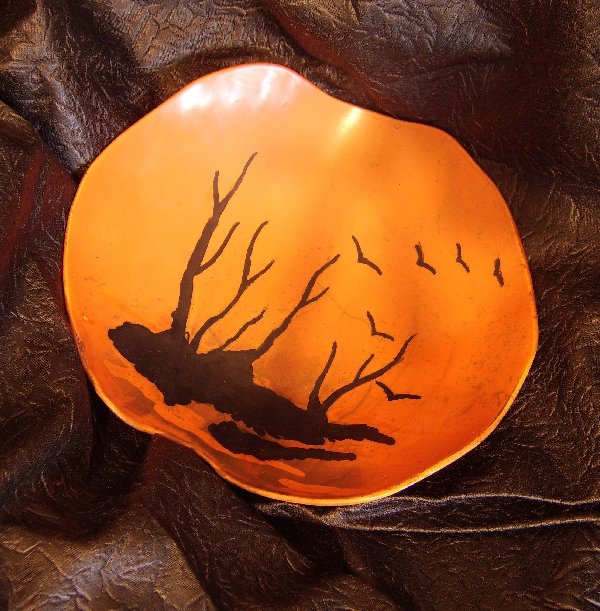

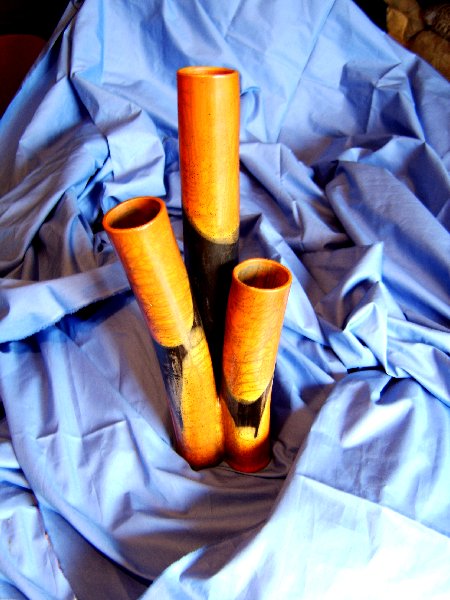
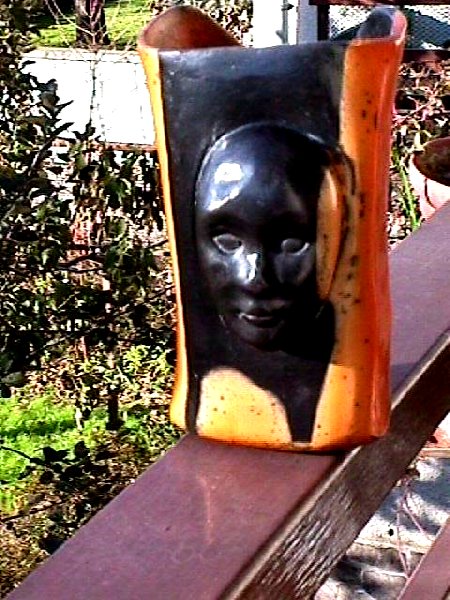

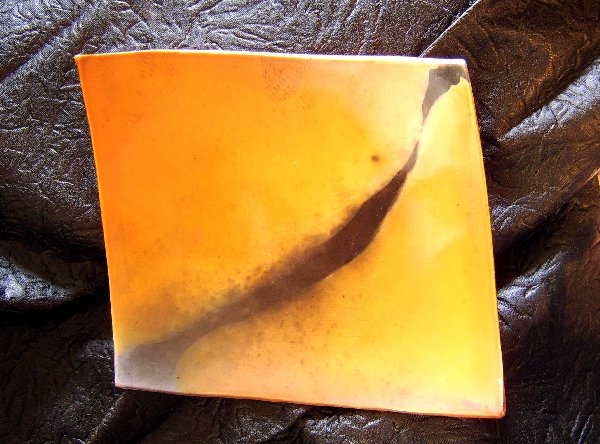


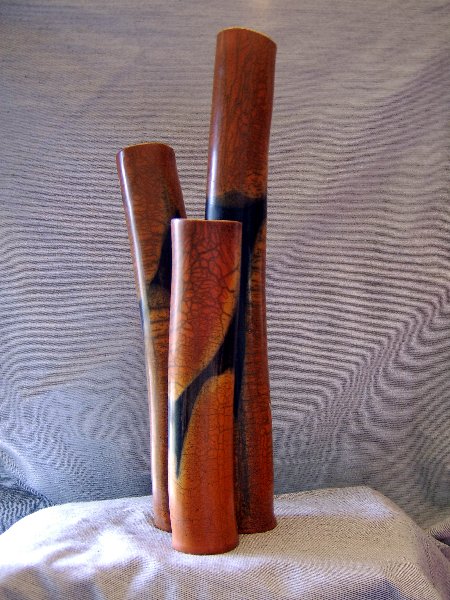

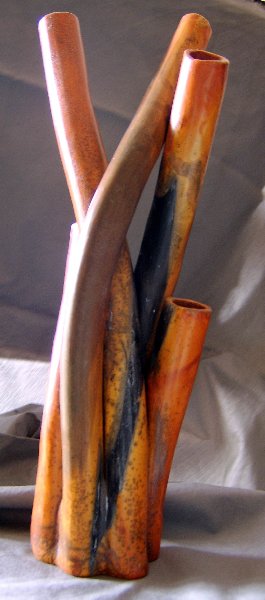
 SEALED EARTH - LIVIO ROSSETTI - Ceramics laboratory
SEALED EARTH - LIVIO ROSSETTI - Ceramics laboratory
 TERRE SCELLEE - LIVIO ROSSETTI - Atelier de céramique
TERRE SCELLEE - LIVIO ROSSETTI - Atelier de céramique